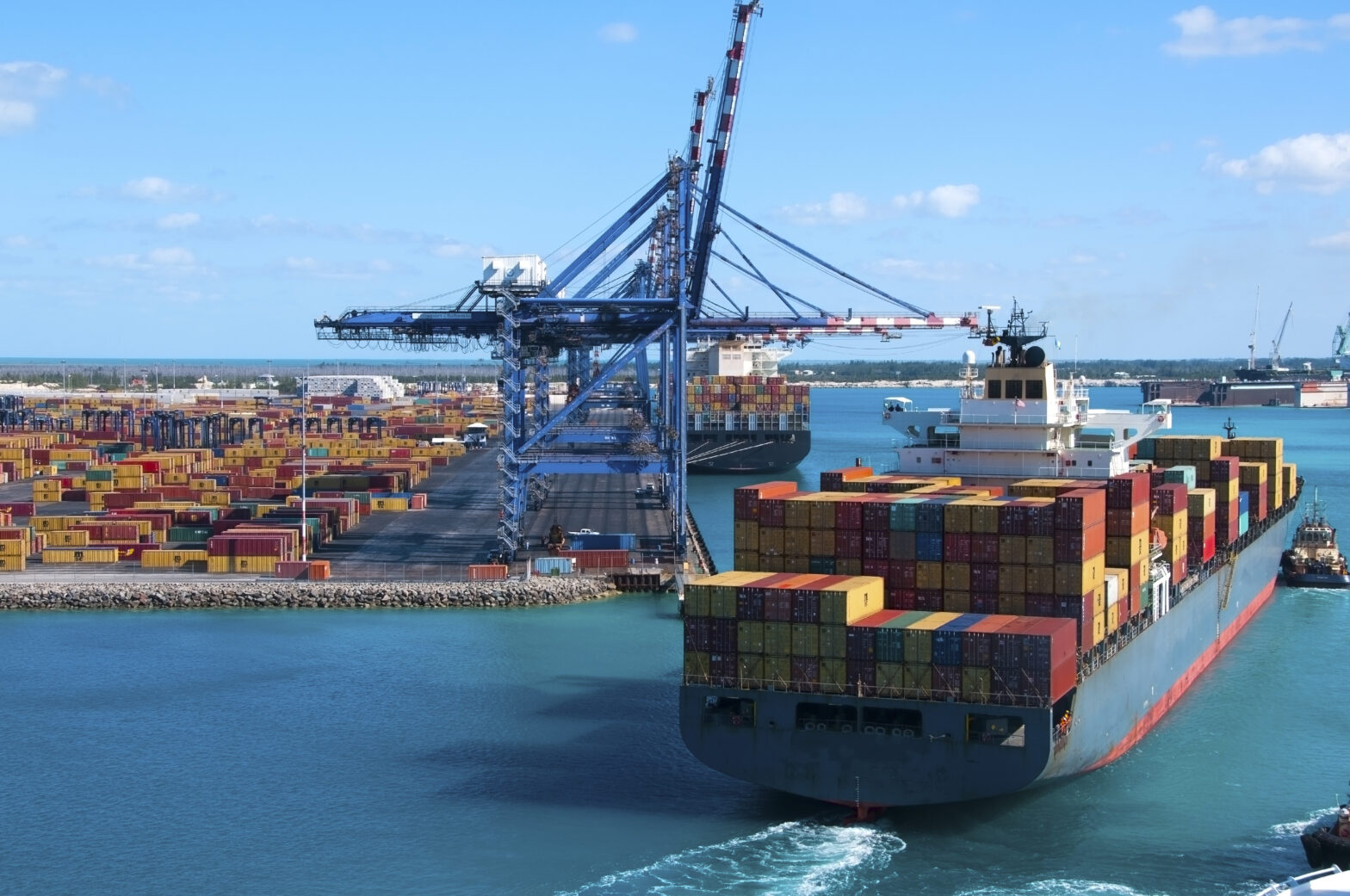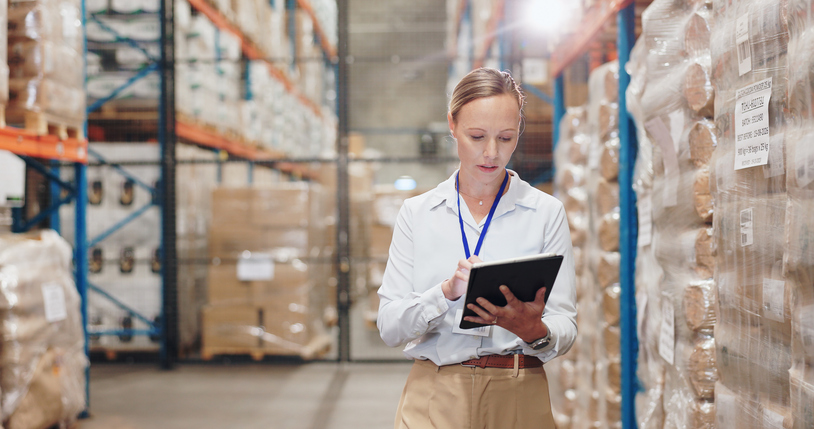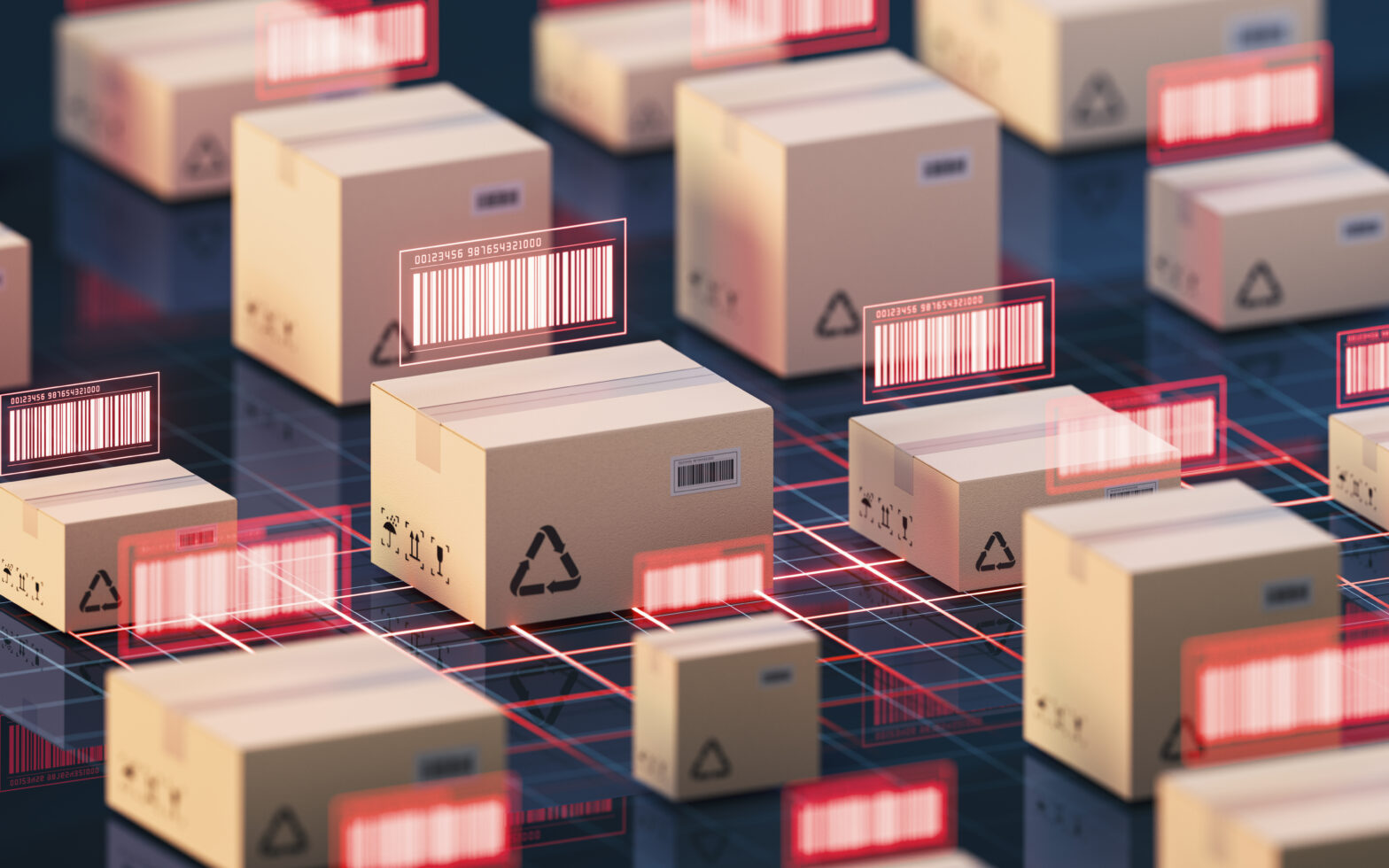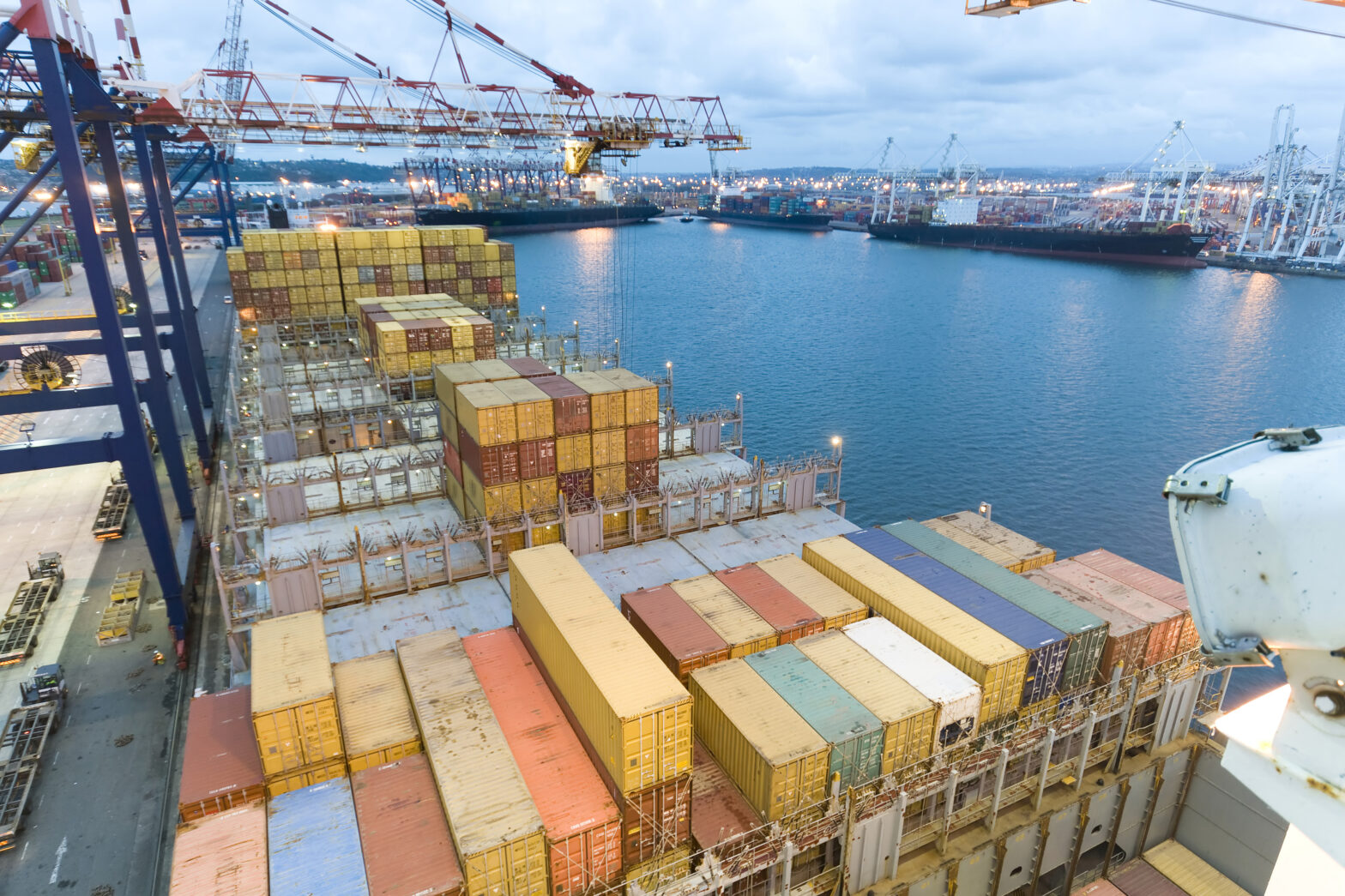It’s an exciting time to be part of the logistics world, if you can avoid feeling overwhelmed. Shipping rates keep rising. New surcharges keep appearing on invoices. The growth of e-commerce business encourages customers to keep ordering more packages online, expecting to pay less and less for express delivery.
At the same time, start-ups and established corporations alike are innovating like crazy. Bikes, drones and parcel lockers are making last-mile delivery more efficient for carriers and more convenient for consumers. Others are trying to make boxes themselves better.
Two months into 2018, here are the parcel service trends we’ll be tracking this year.
Higher rates – again
By now, you probably know what to expect from annual rate increases. For several years, UPS and FedEx have raised rates and surcharges almost in lockstep. Base rates increase by an average of 4.9 percent, while dimensional divisors continue to drop reaching a new industry-standard of 139 in 2018.
Both carriers continue implementing and increasing surcharges too. Holiday surcharges are here to stay though they vary by carrier. FedEx changed the definition of a package that requires additional handling surcharges. UPS multiplied its large package surcharge by nine.
To understand how rate increases will affect your company’s shipping spend, start by reviewing your data from last year. How much volume did you ship? What was your zone distribution? How many packages were considered oversized? The more data, the better.
Next, apply these rate changes to your 2017 data to see what will change. FedEx’s additional handling surcharge, previously applied to packages longer than 60 inches on the longest side, dropped to 48 inches in 2018. How many of your packages measured between 48 and 60 inches? How much will that cost?
Rate increases aren’t going to stop in 2019 or 2020, so if you don’t collecting this data yet, make this the year you start.
Custom-branded packaging
When you are an e-commerce entrepreneur, packaging your products for sale and shipment is a key step in your online supply chain. Companies such as Packhelp can be useful for custom-branded packaging.
Alternative last-mile services are booming
Last-mile shipping is seeing a renaissance that will continue in the coming years.
First, we’ve seen alternative delivery services like Postmates, UberRUSH and UberEATS, which focus on consumer goods like food and drugstore products, grow dramatically. While these may not pose an immediate challenge to traditional long-range carriers, they’re helping to normalize same-day delivery or all kinds of items.
Then there are the alternative modes: Amazon is experimenting with same-day drone delivery in the United Kingdom, while UPS package-walkers are switching to electric bikes in Pittsburgh.
And, increasingly, customers are showing that they’re willing to go pick up their packages. Amazon has installed Locker drop points in many apartment building lobbies. Walgreens and Kroger grocery stores are acting as FedEx pickup points where the carrier can drop packages and customers can pick them up at their convenience.
All these innovations suggest that the industry is getting more and more efficient. But it’s still a field in flux, and with Amazon reportedly planning to debut its own parcel delivery service, expect upheaval all year long.
Better cartonisation will ease the pain of rate increases
As carriers reduce dimensional divisors to charge more for larger parcels, retailers are looking for ways to shrink their packages.
Pierbridge, a maker of shipping software, has suggested that cartonisation technology or designing better boxes and packing them more efficiently is key to keeping these costs down. The company wrote in a recent article:
“Carriers are placing greater emphasis on shipment size in an effort to make the most of vehicle capacity”
Cartonisation is still an emerging subject in logistics, but we believe pioneering ways to reduce air space in packaging will become a hot topic this year, and beyond.
Consumers demand better, faster and cheaper
American customers keep wanting faster, cheaper shipping. Supply chain consulting firm AlixPartners LLP found in a 2016 survey that only 60 percent of consumers are willing to wait more than five days for a package. 18 percent said their maximum waiting time was two days.
At the same time, Americans are buying more online than ever – about 15 parcels on average in 2016, up from 10 in 2012, the same survey found.
Delivering all those packages to residential customers is extremely expensive for carriers. And if end customers aren’t willing to pay additional shipping fees, carriers have to pass these costs on to shippers. That means contracts are getting much more expensive much faster than they used to.
Many shippers have built these increased costs into their pricing so end-customers are still indirectly funding shipping.
But their rising expectations continue to strain carriers and businesses alike that shows no sign of slowing down.
See also: Choosing the right shipping partner





